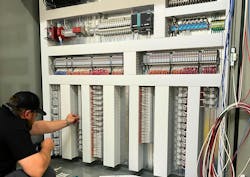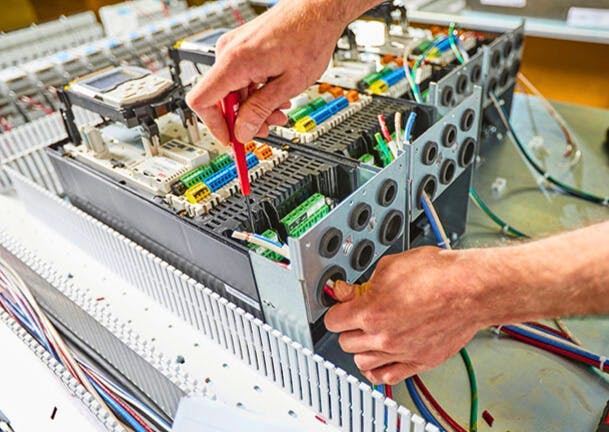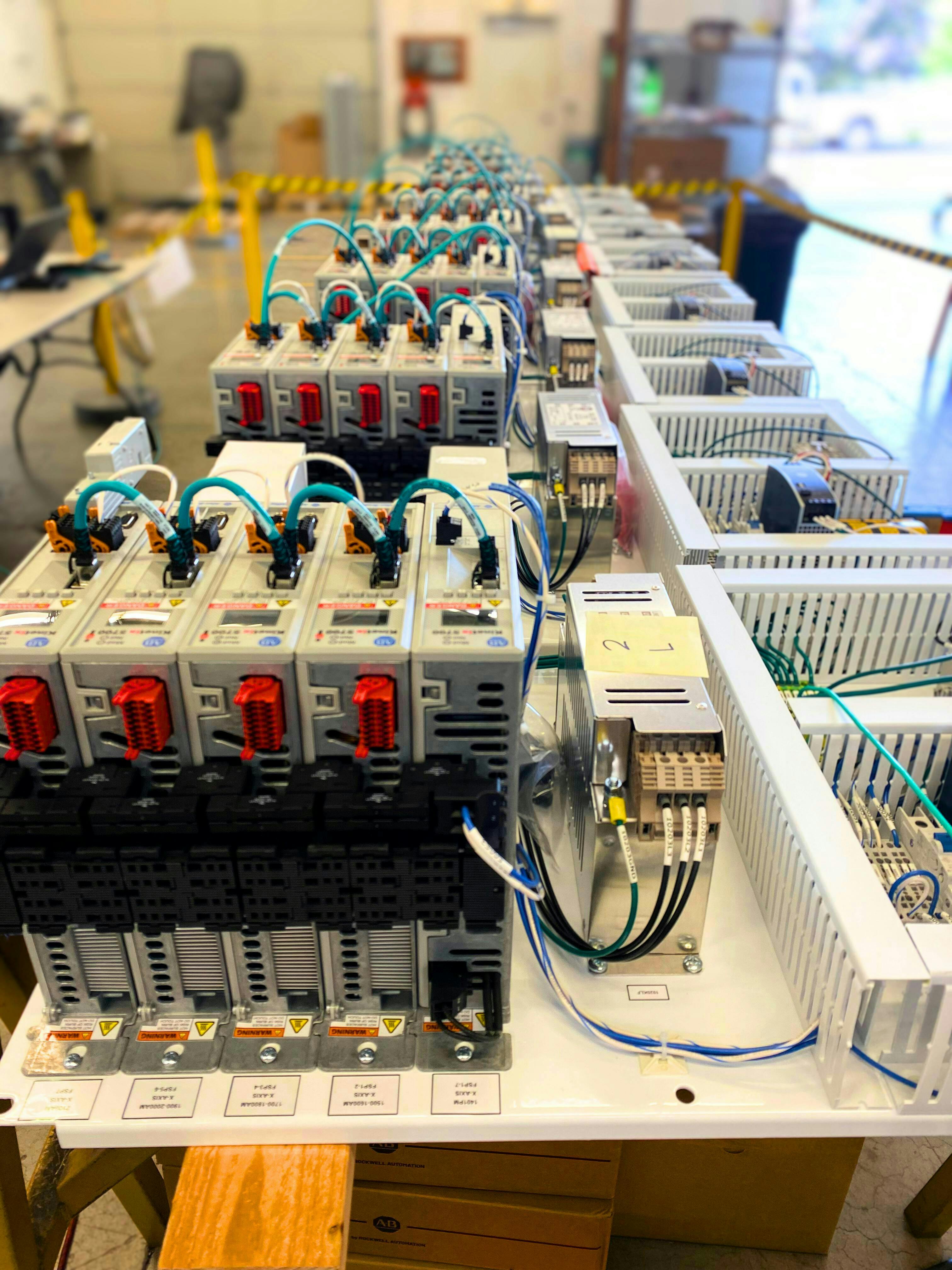Control-panel adaptability benefits from spare I/O points and additional space
Michael Blass, design team manager, Concept Systems: One of the biggest threats to system reliability is the integrity of the interconnect hardware. Sharp edges, burrs and even minor vibrations in machinery can lead to the premature failure of cable and wire insulation. This is why proper routing and effective strain relief techniques are critical—they help protect the cables from these potential hazards. Equally important is accurate bundling and clear labeling (Figure 2). Proper labeling ensures that if a cable or wire causes issues, it can be quickly identified at both ends, making troubleshooting faster and more efficient. Additionally, it aids in aligning the physical wiring with the design documentation, reducing the risk of errors during maintenance or modifications.
Michael Blass, design team manager, Concept Systems: Incorporating flexibility into control panel design is essential for minimizing budget and schedule impacts, particularly when dealing with one-off turnkey machinery. However, the diverse requirements of each application can make this a complex task. To address this, standardizing hardware and panel layouts across systems can significantly reduce overall design time, allowing for greater focus on creating adaptable solutions (Figure 3). This approach not only streamlines the design process but also mitigates the impact of changes during both the design cycle and system commissioning. The foundation of this flexibility lies in building spare capacity wherever possible.
Michael Blass, design team manager, Concept Systems: Concept Systems is a UL508A-certified panel shop with more than two decades of specialized experience in control panel fabrication. Our extensive portfolio includes a wide range of applications, from basic remote I/O junction boxes designed for mild, Type 1, environments to complex, multi-door control system panels engineered for harsh, caustic conditions, Type 4X.
About the Author
Mike Bacidore
Editor in Chief
Mike Bacidore is chief editor of Control Design and has been an integral part of the Endeavor Business Media editorial team since 2007. Previously, he was editorial director at Hughes Communications and a portfolio manager of the human resources and labor law areas at Wolters Kluwer. Bacidore holds a BA from the University of Illinois and an MBA from Lake Forest Graduate School of Management. He is an award-winning columnist, earning multiple regional and national awards from the American Society of Business Publication Editors. He may be reached at [email protected]






